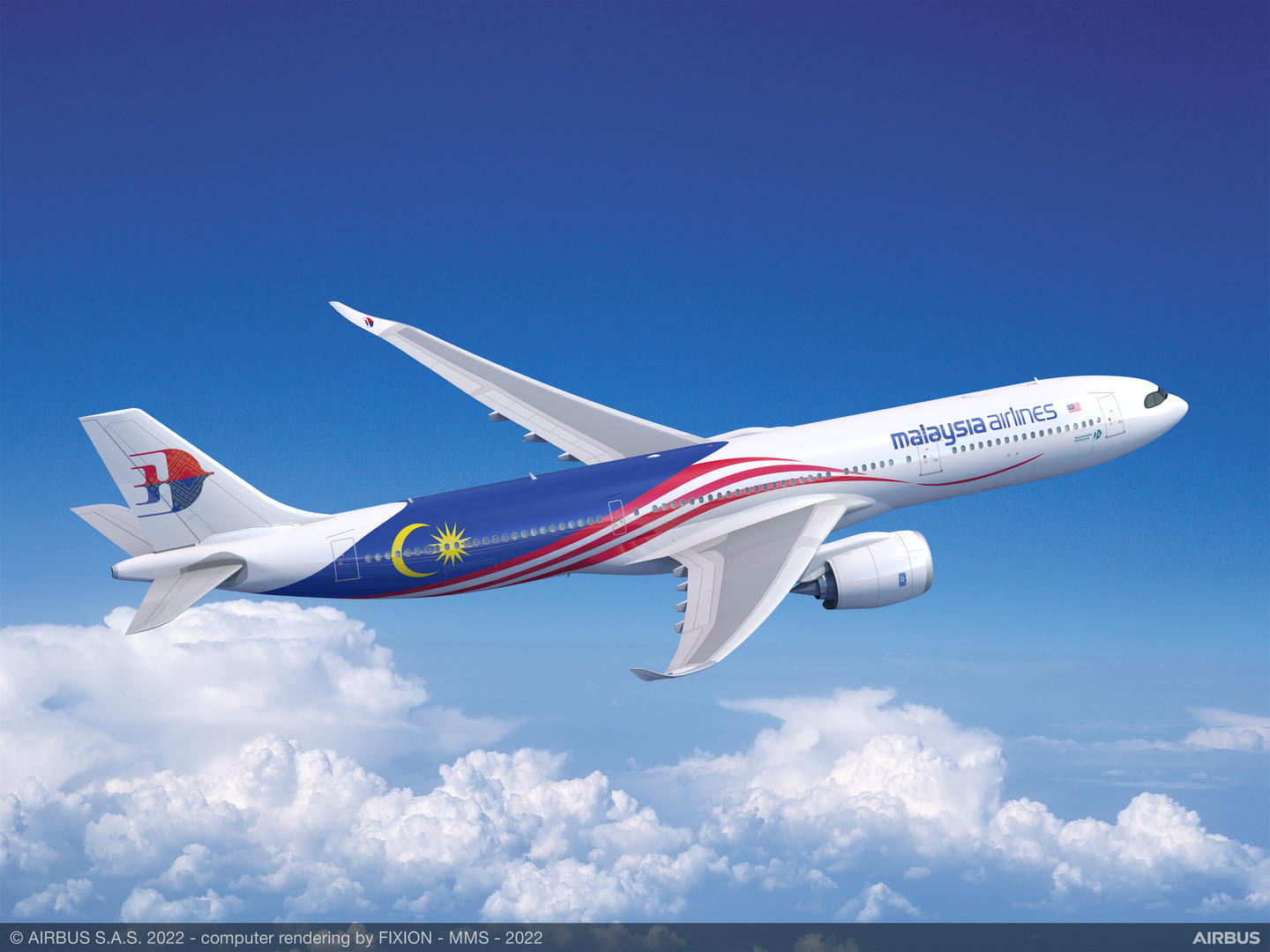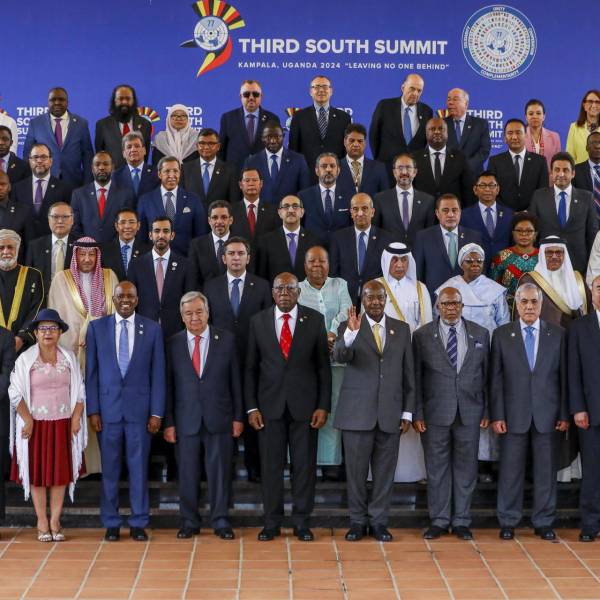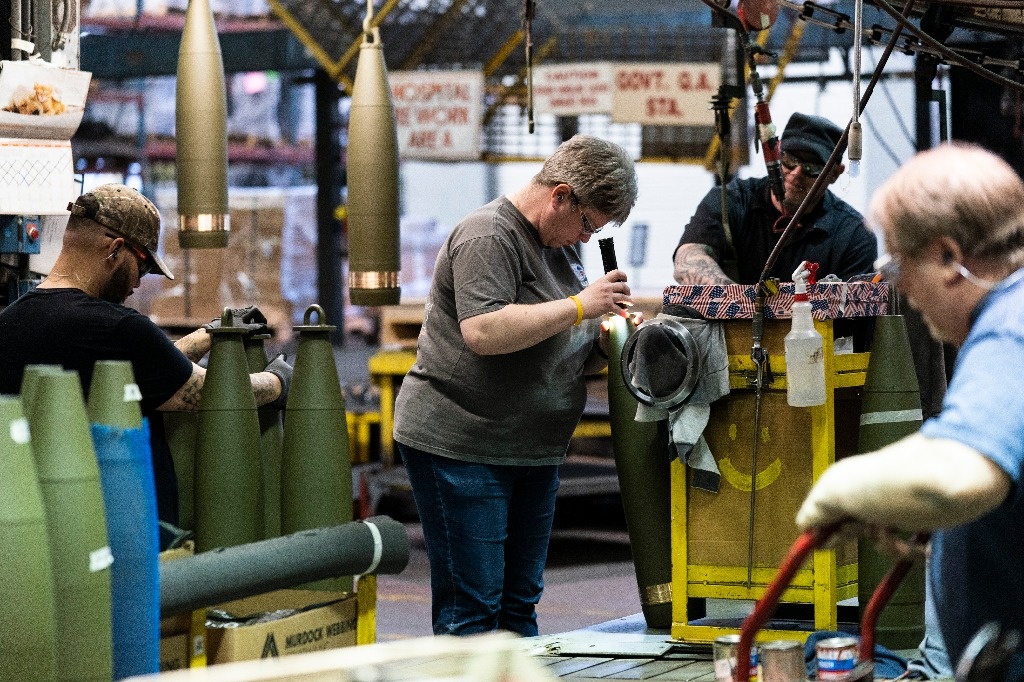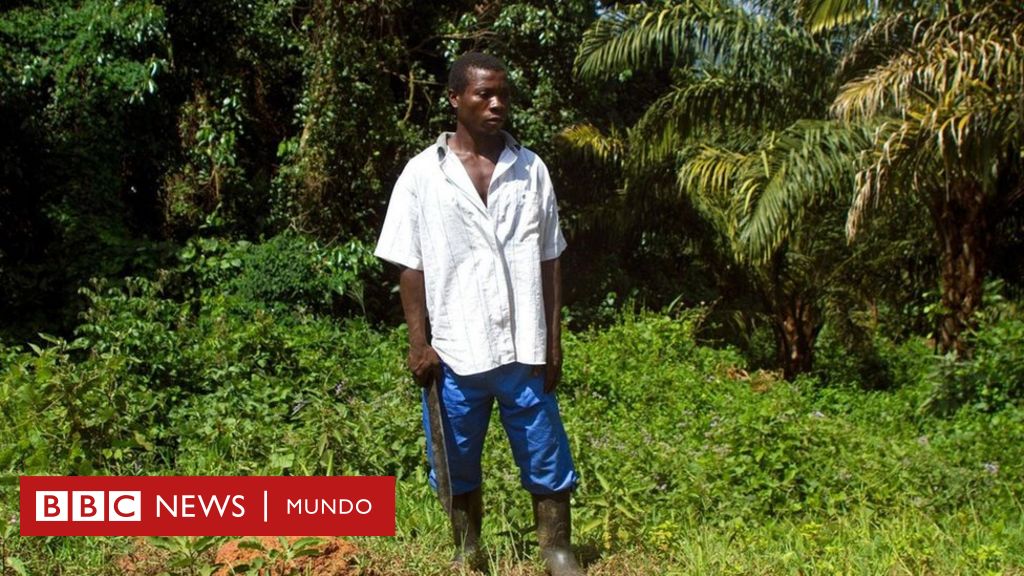Airbus to Airbus: Malaysia Airlines orders 20 A330-900s to replace its A330-200 and -300

Malaysia Airlines Group (MAG), the parent company of Malaysia Airlines, has selected the A330neo for the airline’s wide-body fleet renewal programme. The purchase covers the purchase of 20 A330-900s, 10 of which will be purchased directly from Airbus and 10 will come through a lease agreement with Ireland-based Avolon.
This was announced at an event in Kuala Lumpur, attended by MAG Group CEO Izham Ismail and Airbus Commercial Director and International President Christian Scherer, who signed a Memorandum of Understanding (MoU) to formalize the order. Agreements were also signed with engine manufacturer Rolls-Royce and with the aforementioned lessor Avolon at the ceremony.
Powered by Rolls-Royce Trent 7000 engines, the A330neo will join the fleet from 2024 along with six A350-900s, gradually replacing 21 A330ceo, spread across 15 Airbus A330-300s and 6 Airbus A330s. -200.
– ads –
The airline will operate the A330neos on its network covering Asia Pacific and the Middle East. Malaysia Airlines will configure it in a premium layout with seating for 300 passengers in two classes.
The acquisition of the A330neo is a natural transition from our existing fleet of A330ceo aircraft. The A330neo will not only provide fleet modernization and increase operational efficiency, but will also meet environmental goals by reducing fuel burn per seat, while keeping passengers safe and comfortable at their core.” said Izham Ismail, CEO of Malaysia Airlines.
Malaysia Airlines rebuild its image after the disappearance of the MH 370 and the downing of the MH 17, which caused historic losses to the company due to lower bookings in 2014. The increase in low cost in Malaysia, the high cost of using the Airbus A380 and delays in the delivery of the Boeing 737 Max have contributed to Company profits decline.
In the following years, there was a constant change of senior executives in the airline, which led to the appointment of Captain Izham Ismail in 2017, who served as the airline’s chief operating officer until then. The new CEO is implementing an image rejuvenation program and is floating with the Malaysian government.
“This is a significant achievement as MAG moves towards the successful implementation of our Long Term 2.0 business plan to position itself as the leading aviation services group in the region.” Izham Ismail concluded his speech.
In addition to revamping the widebody fleet, Airbus and MAG also signed a Letter of Intent (LoI) to explore broader collaboration in the areas of sustainability, training, maintenance and airspace management.
“Malaysian Airlines is one of the largest Asian airlines, and we are proud and honored to be their preferred supplier of wide-body aircraft. The decision is a clear endorsement of the A330neo as the most efficient choice in this size class for premium operations.” cried Christian Scherer, General Manager of Airbus.
The current MAG fleet consists of:
- Six Airbus A350-900s, with an average age of four years, cover flights to London, Auckland and Tokyo.
- 21 Airbus A330s, with an average age of 11 years, cover destinations in Saudi Arabia, Australia, Bangladesh, China, South Korea, the Philippines, Hong Kong, India, Indonesia, Japan, Myanmar, Nepal, New Zealand, Qatar, Singapore, Sri Lanka, Thailand, Taiwan and Vietnam.
- 43 Boeing 737-800 aircraft, with an average age of 10 years, cover its domestic routes and 23 international destinations.
In addition to the A330neo, the company has ordered 50 Boeing 737 MAX 8 and MAX 10 aircraft between 2024 and 2026 to replace Boeing 737 NG aircraft.

As of the end of July 2022, the A330neo has received more than 280 confirmed orders from more than 20 customers worldwide and 77 aircraft have been delivered. Currently, they work for the following airlines:
- Portugal’s TAP Air: 19 A330-900s from an order of 21 aircraft.
- Delta Air Lines: 15 A330-900s out of an order of 38.
- Lion Air: 7 A330-900s.
- Blue Brazilian Airlines: 5 A330-900.
- Corsair: 5 A330-900s
- Garuda Indonesia: 5 A330-900s out of an order of 14 A330-900s and four A330-800s.
- Cebu Pacific Air: 3 of the 16 A330-900s, with a capacity of 459 passengers in one class, the highest seating density in the model.
- Air Belgium: two A330-900.
- Air Mauritius: Two A330-900.
- Calin Airlines: 2 A330-900.
- Starlux: 2 A330-900s of an order of 7.
- Thai Airways X: 2 A330-900.
- Uganda Airlines: 2 A330-800
- Kuwait Airways: two A330-800s from an order of four A330-800s and seven A330-900s.
- Airhub Airlines: 1 A330-900.
- Air Senegal Intl: 1 A330-900.
- Hi Fly: 1 A330-900.
- Iberojet: 1 A330-900.
- Sunclass Airlines: 1 A330-900.
- Ty Lion Air: 1 A330-900.
In addition, the remaining orders are from:
- ITA Airlines: 17 A330-900s.
- Condor: 16 A330-900s.
- Virgin Atlantic: 16 A330-900s.
- AirAsia X: 15 A330-900s.
- Middle East Airlines – Middle East Airlines: 4 A330-900.
- Air Greenland: 1 A330-800.
- Iran Air: 28 A330-900: Due to Western sanctions, the airline cannot receive the model, although it is still on Airbus’ order list.
- Unannounced customers: 33 A330neo.

“Award-winning zombie scholar. Music practitioner. Food expert. Troublemaker.”








